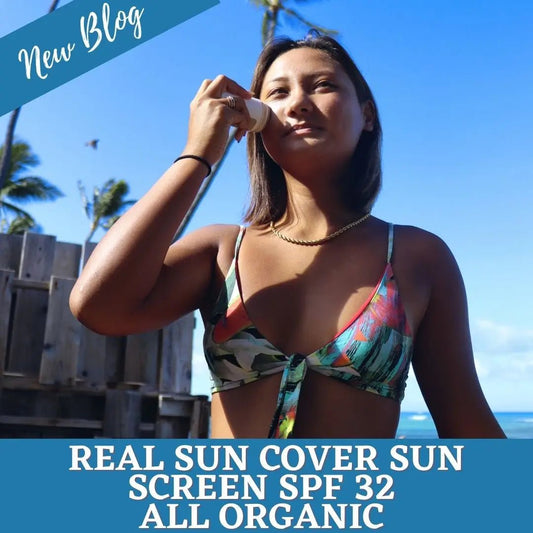Blog

Real Sun Cover Sun Screen SPF 32 - All Organic ...
Real Sun Cover Sun Screen SPF 32 - All Organic Real Sun Cover is an Organic Skin Care line made right here in the USA. Real Sun Cover is manufactured with...
Real Sun Cover Sun Screen SPF 32 - All Organic ...
Real Sun Cover Sun Screen SPF 32 - All Organic Real Sun Cover is an Organic Skin Care line made right here in the USA. Real Sun Cover is manufactured with...

Understanding the UV Index and How to Stay Safe...
How to Stay Safe in the Sun I was chatting with FCS rep Keoni Watson sometime ago, and he mentioned that the UV index was going to be super high on...
Understanding the UV Index and How to Stay Safe...
How to Stay Safe in the Sun I was chatting with FCS rep Keoni Watson sometime ago, and he mentioned that the UV index was going to be super high on...
